American Legends Reveals the Backstories Behind Some of Your Favorite Scents
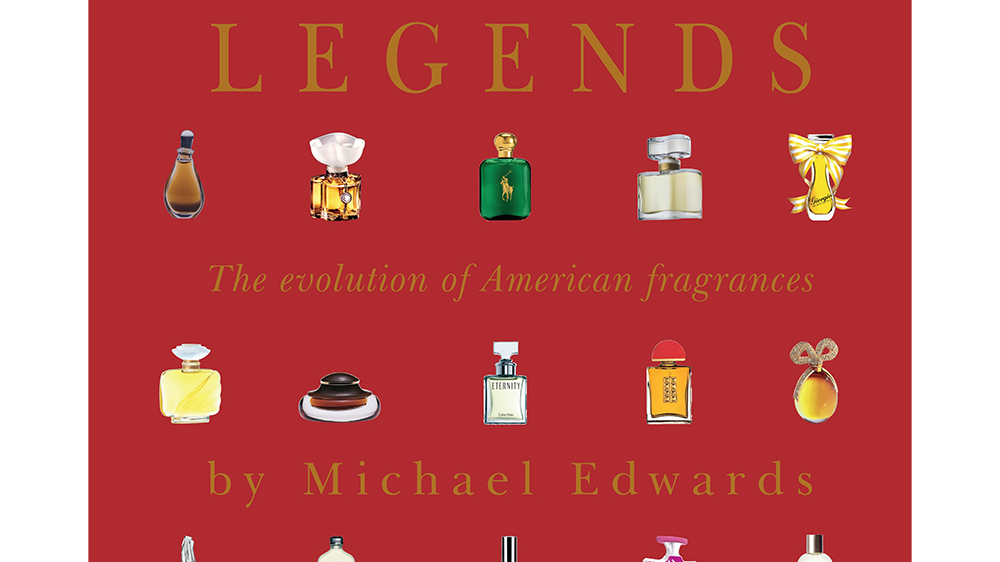
- Oops!Something went wrong.Please try again later.
"Hearst Magazines and Yahoo may earn commission or revenue on some items through these links."
Discovering that entrepreneur Estée Lauder once rejected an entire scent because she detected a faint note of horse piss was not on my bingo card for 2024. But according to author Michael Edwards—who highlights this moment in his latest book, American Legends: The Evolution of American Fragrances—the colorful anecdote helps Lauder seem more relatable to those of us who know her exclusively as beauty royalty.
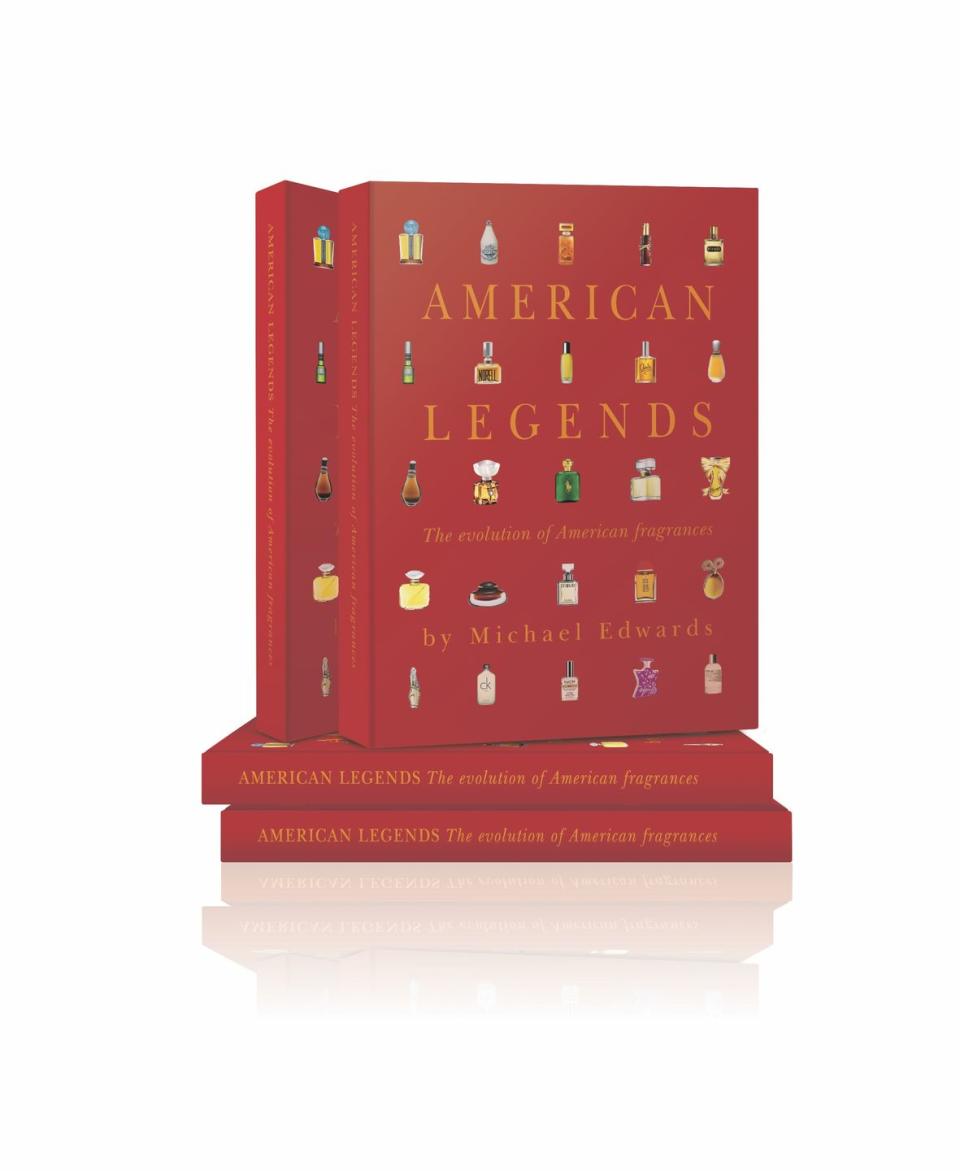
Edwards’s admiration of Lauder’s finely calibrated nose is palpable. In the book, readers can clearly sense the British historian’s puckish delight as he details the origin story of the brand’s 1973 Private Collection fragrance. He discovers she was correct: An odor molecule found in equine waste had been inadvertently created as a byproduct of another ingredient. The issue was ultimately rectified, and Lauder got the scent she wanted, sans urine.
Edwards could also be considered beauty royalty in his own right, as one of the most well-connected people in perfumery today. Designated “the perfume expert’s expert” by Estée’s daughter-in-law Evelyn Lauder, he is also the author of Perfume Legends: French Feminine Fragrances, a thoroughly researched history of top industry-defining scents, revised and updated as Perfume Legends II in 2019. “There is no other book like it,” said the late French master perfumer Edmond Roudnitska, creator of Dior Eau Sauvage and Rochas Femme.
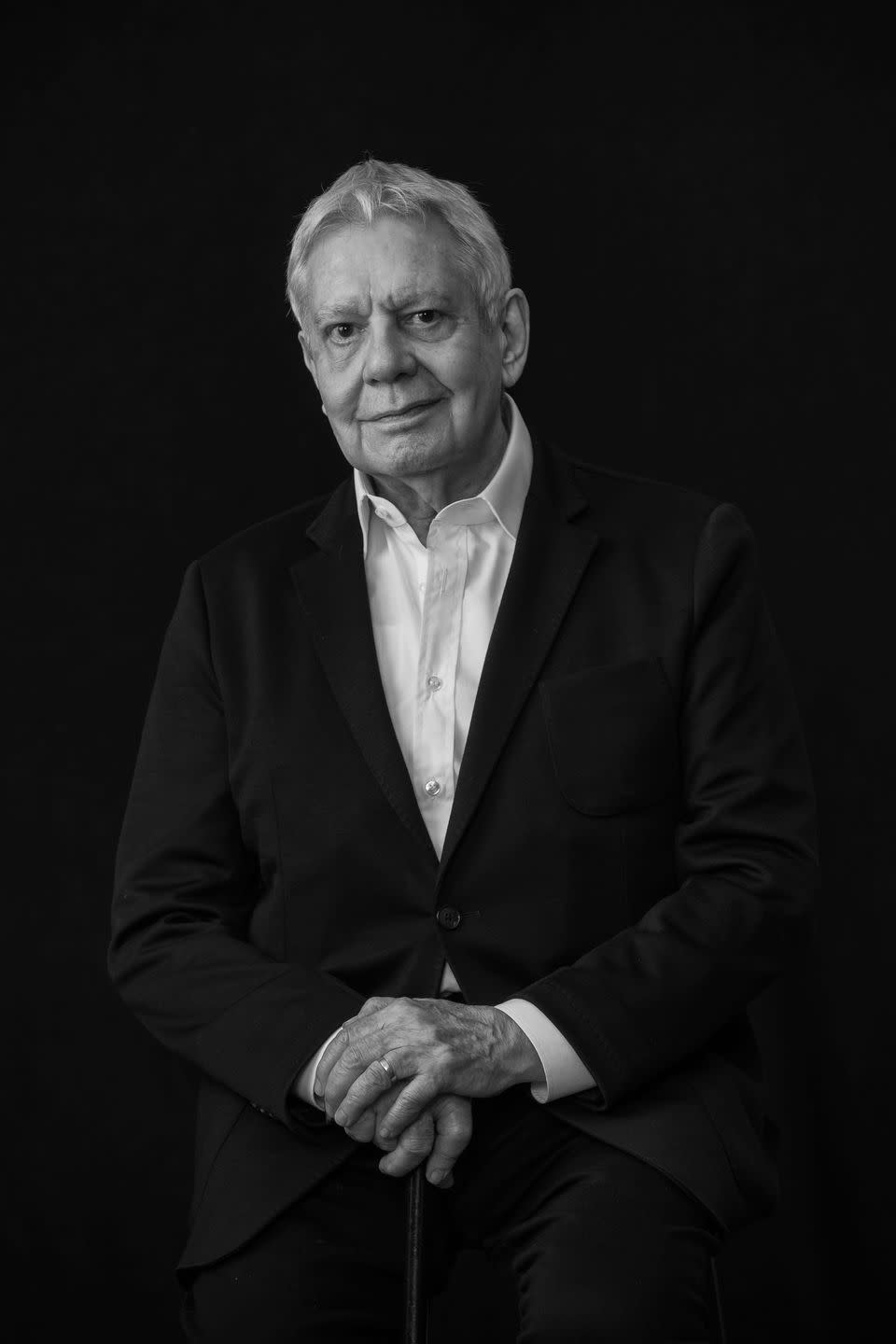
In the new book, the 80-year-old Edwards also describes some of the early collaborations he crafted for the house of Halston. He began work for the brand in Paris, ahead of the designer’s eponymous fragrance launch in 1975. Edwards was tasked with rolling out the fragrance to affiliates around the world, and spent a lot of time in perfumeries and department stores as a result, keenly observing consumer behavior and buying patterns. To hear him speak about perfumery is poetic: “[Estée Lauder’s] Pleasures is a flowery fragrance wearing a green blouse,” he tells Bazaar. Translation: It’s a floral fragrance with just a pretense of green notes, unlike Balmain’s “Vent Vert, which is so brutally fresh, just-mowed lawn.”
It’s no wonder American Legends expertly channels the exuberant energy and utter devotion Edwards has for the world of scents. Released in April, the book documents the richness and “sheer originality of 40 American fragrances.” The first scent profiled, Blue Grass by Elizabeth Arden, was created in 1934; the last, Le Labo’s Santal 33, in 2011. In each scent story, we’re treated to privileged details on what the milieu of the brand was at the time the fragrance was created. We also learn how perfumers often struggled to blend these formulas, the feuds brand founders were embroiled in at the time, and how many of these fragrances were a result of one-upmanship among brand heads. Each profile also includes original stories and sketches straight from the bottle designers.
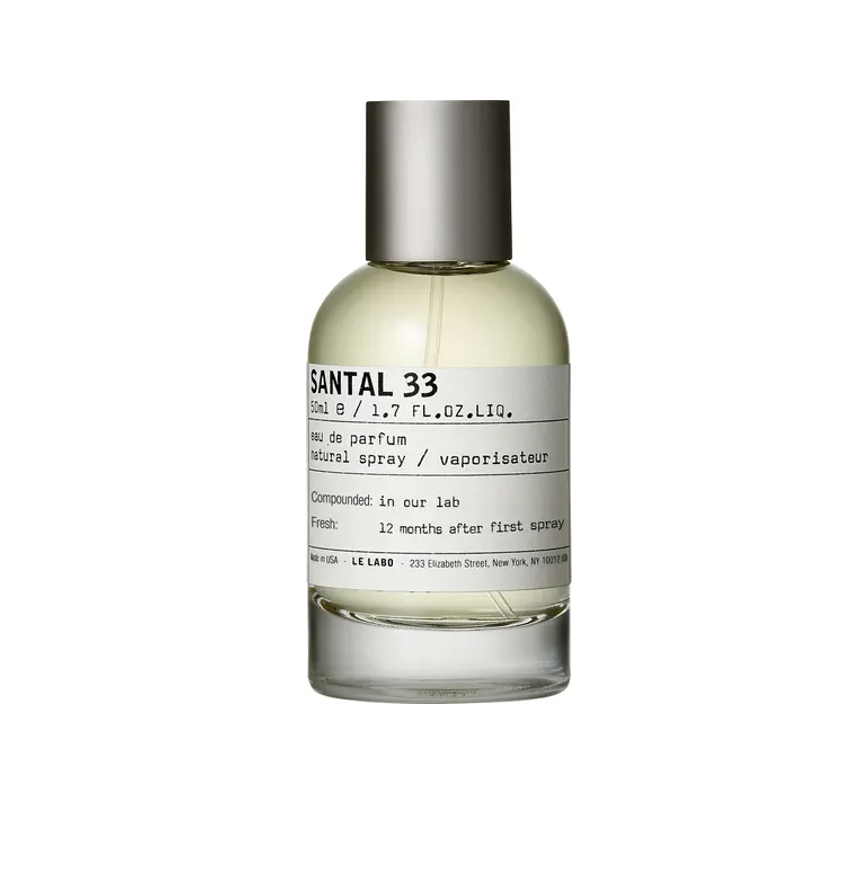
Santal 33 Eau de Parfum
nordstrom.com
$99.00
Edwards applied the same three criteria to narrow down the 40 scents covered in the new book that he used when choosing his subjects for Perfume Legends. “Number one, I selected fragrances that introduced a new note or accord so innovative that competitors just flocked to copy it,” he says. “Think of Iso E Super, that made Halston 1975 so buoyant. Or think of the musk in Jovan Musk that turned America on to musks.” Fragrances created using new developments that changed the industry—like 1984’s Antonia’s Flowers, the first scent to pioneer headspace technology—also made the cut.
Finally, perfumes that launched megatrends—like 1973’s Charlie by Revlon, the first perfume women bought for themselves, instead of having it gifted to them by men, and Calvin Klein’s CK One, one of the first unisex fragrances—were welcome additions. “They all have fascinating stories, but that’s really not the purpose,” Edwards explains. “My purpose was to create an MBA in perfumery, because there is no other source in which you can read the actual words of the creators, the visionaries, behind them.” He conducted interviews for American Legends in person over a period of 27 years. His meticulousness shows in the rich, multifaceted text, the work of a lifetime, as much a pleasure to read as a crash course in business, marketing, and overall creativity.
Edwards is also the creator of Fragrances of the World, the largest independent online database of fragrance classification. Reluctant to return to corporate life after being laid off in the early ’80s, he became fascinated with making it easier for stores to sell perfume, and to match customers with scents they loved. To help with those efforts, he began pulling together an annual guide for retailers and fragrance creators, which now exists online as Fragrances of the World. Edwards’s work is used industrywide as a reference resource for perfumers and fragrance houses. He pioneered the construction of, and still constructs, online fragrance finders for retailers, to help consumers purchase scents over the internet.
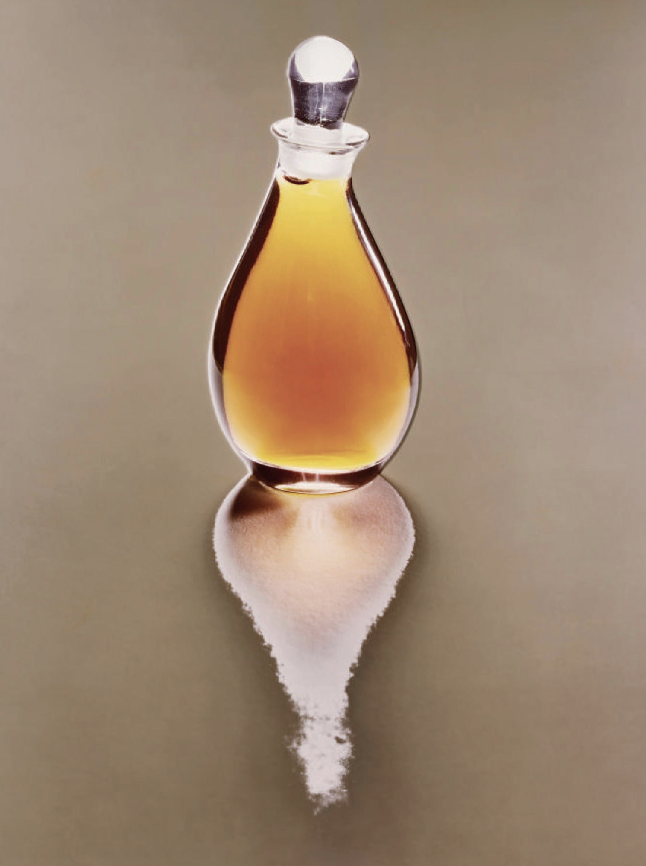
But what I consider most astonishing about American Legends, is—much like what Edwards’s database offers—its breadth of perspective. From decoding the cultural, social, political, historical, and economic pulse of the times, to unpacking personal histories of the parties involved in specific fragrance creation, no stone is unturned when it comes to telling the stories of these beloved scents.
You Might Also Like

